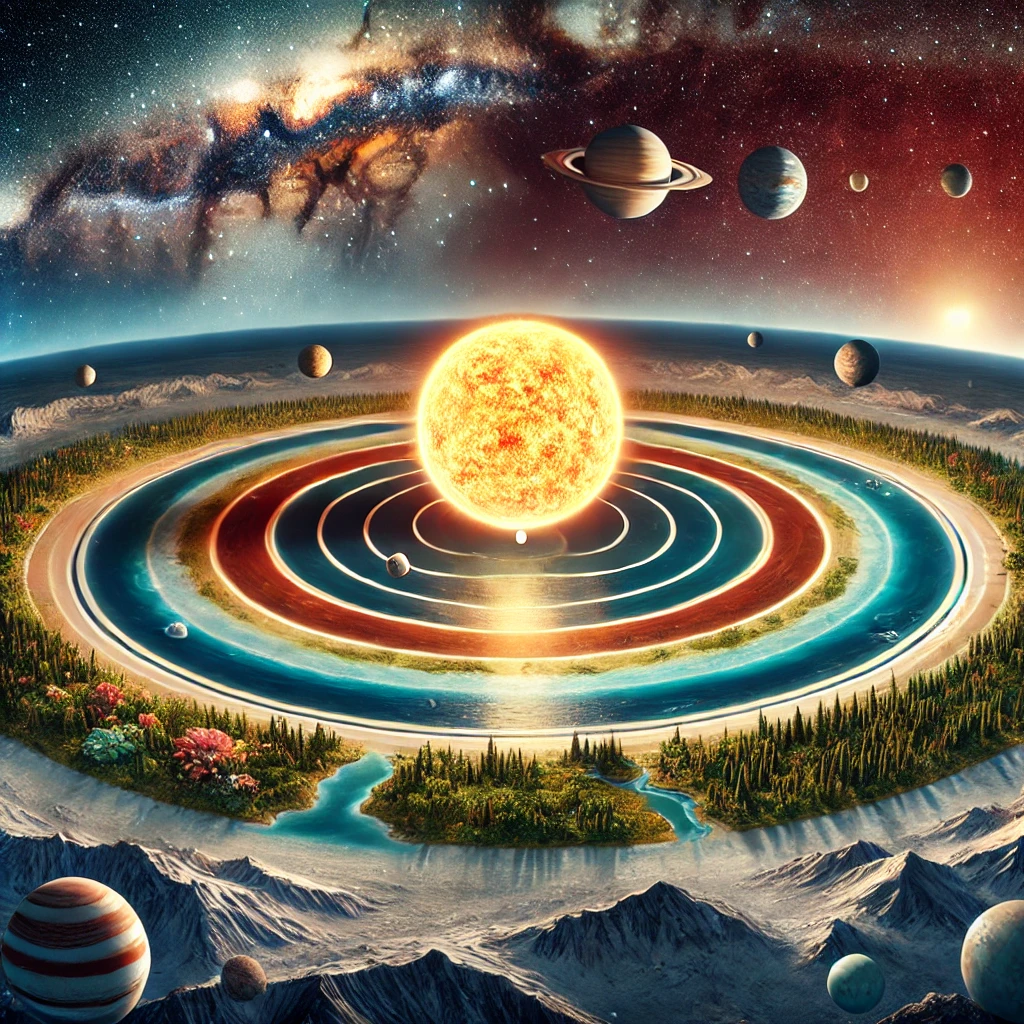What is the Safe Area for Life Around a Star?
Article Source: What Defines the Habitable Zone Around a Star

Why You Should Care
Discovering whether planets beyond Earth can support life is one of the most exciting quests in science. Understanding the "habitable zone" around a star, where conditions might be just right for life, helps scientists focus their search on planets most likely to have water—and possibly life.
Answering the Question… What is the Safe Area for Life Around a Star?
The habitable zone is defined as the region around a star where a planet could have the right temperature for liquid water to exist on its surface. The study found that this zone varies depending on the star's size and brightness. For example, Earth is within the Sun's habitable zone, which spans from about 0.95 to 1.37 astronomical units (AU). Stars that are smaller and cooler have habitable zones that are closer in, while larger, hotter stars have wider and more distant habitable zones.
How Was the Study Done?
Researchers used computer simulations to model different types of stars and their potential habitable zones. They calculated the range of distances from each star where liquid water could exist, considering factors like the star's luminosity, temperature, and the planet’s atmospheric conditions.
What Was Discovered?
- Size of the Habitable Zone: The study found that habitable zones can range widely depending on the star's characteristics. For Sun-like stars, the habitable zone extends from approximately 0.95 to 1.37 AU (astronomical units). For smaller, cooler stars like red dwarfs, the habitable zone can be as close as 0.1 to 0.2 AU, while for larger, hotter stars, it can extend beyond 2 AU. This variation shows that the habitable zone is not a fixed distance but depends on the star's properties.
- Impact of Star Luminosity and Type: The study highlighted that stars with higher luminosity have wider and more distant habitable zones. For instance, a star with double the luminosity of the Sun would have its habitable zone starting around 1.34 AU and extending beyond 2 AU. In contrast, a red dwarf with only 10% of the Sun’s luminosity would have a much closer habitable zone, starting around 0.1 AU. This is crucial for identifying which stars to target in the search for potentially habitable exoplanets.
- Atmospheric Effects: The presence and composition of a planet’s atmosphere can significantly influence its position within the habitable zone. The study found that planets with thicker atmospheres, especially those rich in greenhouse gases like carbon dioxide, could maintain liquid water at greater distances from their stars. For example, an Earth-like planet with a 10% denser atmosphere could extend the outer edge of the habitable zone by 0.1-0.2 AU.
- Water Retention and Planet Size: The study also discovered that larger planets within the habitable zone have a higher capacity to retain water, making them more likely candidates for hosting life. A planet twice the size of Earth, located at the outer edge of the habitable zone, could still support liquid water due to its gravitational pull and atmospheric retention, increasing the chances of finding habitable exoplanets in a broader range of environments.
- Stellar Activity: The study noted that stellar activity, particularly from younger stars, can affect the habitable zone's potential. High levels of radiation from flares could strip a planet's atmosphere or prevent liquid water from existing. The study found that planets around stars with lower flare activity are more likely to remain habitable over long periods.
Why Does It Matter?
Understanding the habitable zone is key to finding planets that could support life. By focusing on planets within these zones, scientists can narrow their search and improve the chances of discovering extraterrestrial life. This research helps guide future space missions and the development of telescopes designed to find Earth-like planets.
Link to full article: What Defines the Habitable Zone Around a Star
